Robert Frank: The Complete Film Works: Volume 2
R1800Here is volume two of Robert Frank’s long-awaited Complete Film Works.
Showing 49–64 of 309 results

Here is volume two of Robert Frank’s long-awaited Complete Film Works.
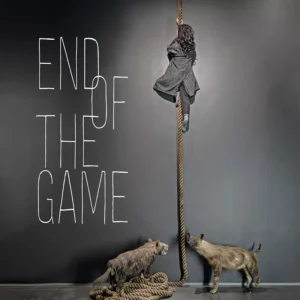
The exhibition chronicles the practice of unrestrained hunting which has contributed to the ecological devastation we are currently facing.
 Out of stock
Out of stockSamuel Fosso is one of Central Africa’s leading contemporary photographers, whose playful and perceptive work investigates Pan-African identity and history through the use of portraiture. Fosso found his path to art-making through his early work as a commercial portrait photographer, using his leftover film to capture self-portraits against well-considered backdrops and incorporating pose, costume, and props. Renowned for his “autoportraits”—styling himself and others as characters from popular culture or politics—Fosso reflects the world around him through a distinct aesthetic that has at times defied Nigerian dictatorial decree.
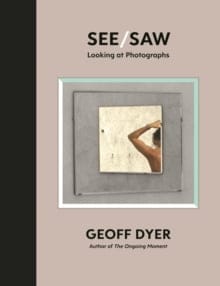
It shows us how a photograph can simultaneously record and invent the world, and reveals a master seer at work. In the spirit of the intellectual curiosity of Berger, Sontag and Didion, Geoff Dyer helps us to see the world around us, and within us, afresh.
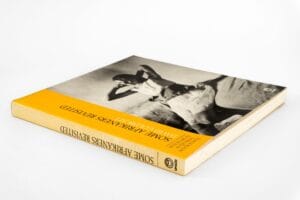
The work of David Goldblatt – as recipient of the 2006 Hasselblad Foundation Award undoubtedly South Africa’s most prominent active photographer – reflects a life-long exploration of the relationship between individual South Africans and the society they live in. His first extended photographic essay was compiled in the 1960s. When it was finally published in 1975 as Some Afrikaners Photographed, the book created quite a stir locally. Eventually most of the small print-run had to be sold off for a song.
 Out of stock
Out of stock Out of stock
Out of stockThis moving book explores the work of Sabelo Mlangeni, and the stories he tells through his photography of communities on the periphery of society. Taking time to build relationships, he gains trust and, eventually, access to inner circles and sacred spaces. Mlangeni’s work seeks to recentre themes of friendship, love and joy in the face of ever-present risk. Above all, his images tell stories of seeking out your people, choosing a family and building a home, wherever you find yourself.
 Out of stock
Out of stockTerence Donovan was one of the foremost photographers of his generation – among the greatest Britain has ever produced. He came to prominence in London as part of a postwar renaissance in art, fashion, graphic design and photography. Alongside David Bailey and Brian Duffy, photographers of a similar working-class background and outlook, Donovan was a new force in fashion photography. Together, they captured and helped create the Swinging 60s. They socialized with celebrities and royalty, and found themselves elevated to stardom in their own right. Gifted with an unerring eye for the iconic image, Donovan was also master of his craft, a technical genius who pushed the limits of what was possible with a camera. And yet despite his fame and status, there has never been a publication devoted to his fashion work, for he allowed none to be released during his lifetime. Terence Donovan Fashion is thus the first time his fashion pictures have been collected together in book form. Arranged chronologically, from the gritty monochromatic 1960s and 1970s to the vibrant and colourful 1980s and 1990s, the book reveals how his constant invention and experimentation not only set him apart from his contemporaries, but also influenced generations to come. Contributions from some of the many designers, models and art directors who worked with him provide fascinating insights into his practice. Compiled by the artist’s widow Diana Donovan and former art director of Nova magazine and Pentagram partner David Hillman, who worked closely with Donovan for over a decade, and including an illuminating text by Robin Muir, ex-picture editor of Vogue, and foreword by Grace Coddington, creative director of American Vogue and advisor to the project, Terence Donovan Fashion is indisputably a landmark in the history of fashion photography.

Justin Fox is an award-winning writer and photographer based in Cape Town. Author of more than a dozen books, he is currently editor of Getaway Magazine. Justin was a Rhodes Scholar and received a doctorate in English from Oxford University, after which he became a research fellow at the University of Cape Town, where he taught part-time for the better part of two decades. His articles and photographs have appeared internationally in a number of publications, while his short stories and poems have appeared in various anthologies. He is a two-time Mondi journalism award winner. Recent books include The Marginal Safari, Whoever Fears the Sea, The Impossible Five and My Great Expedition.
 Out of stock
Out of stockThe African Gaze is a comprehensive exploration of postcolonial and contemporary photography and cinema from Africa. Drawing from archival imagery and documents, interviews with the photographers and filmmakers (in some cases family members/close associates if the artist is deceased), and contributions from writers, scholars and curators, it maps a comprehensive introduction to African moving and still imagery.

Beginning around 15 years ago, a loose affiliation of scholars, writers and filmmakers living in Berlin began presenting films that offered a new, aesthetically driven form of political cinema. Abandoning the post-totalitarian context embraced by most commercially popular German films at the time, these films pursued a stylized realism to explore and address a national crisis of identity and purpose.
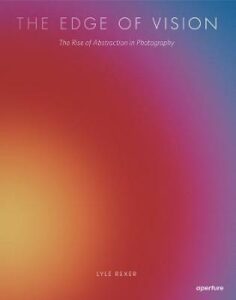
From the beginning, abstraction has been intrinsic to photography, and its persistent popularity reveals much about the medium. Now available in an affordable paperback edition, The Edge of Vision: The Rise of Abstraction in Photography is the first book in English to document this phenomenon and to put it into historical context, while also examining the diverse approaches thriving within contemporary photography. Author Lyle Rexer examines abstraction at pivotal moments, starting with the inception of photography, when many of the pioneers believed the camera might reveal other aspects of reality. The Edge of Vision traces subsequent explorations–from the Photo-Secessionists, who emphasized process and emotional expression over observed reality, to Modernist and Surrealist experiments.
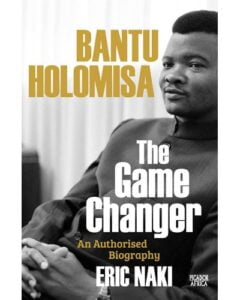
Bantu Holomisa is one of South Africa’s most respected and popular political figures. Born in the Transkei in 1955, he attended an elite school for the sons of chiefs and headmen. While other men his age were joining Umkhonto weSizwe, Holomisa enrolled in the Transkeian Defence Force and rose rapidly through the ranks. As…

The NASA Archives is more than just a fascinating pictorial history of the U.S. space program. It is also a profound meditation on why we choose to explore space and how we will carry on this grandest of all adventures in the years to come.

With extensive research conducted through the historical collections of the Walt Disney Company, as well as private collections, editor Daniel Kothenschulte curates some of the most precious concept paintings and storyboards to reveal just how these animation masterpieces came to life.

Vividly illustrated, Conflict, Time, Photography zeroes in on war and its aftermath, highlighting the fact that time itself is a fundamental aspect of the photographic medium.
No products in the basket.